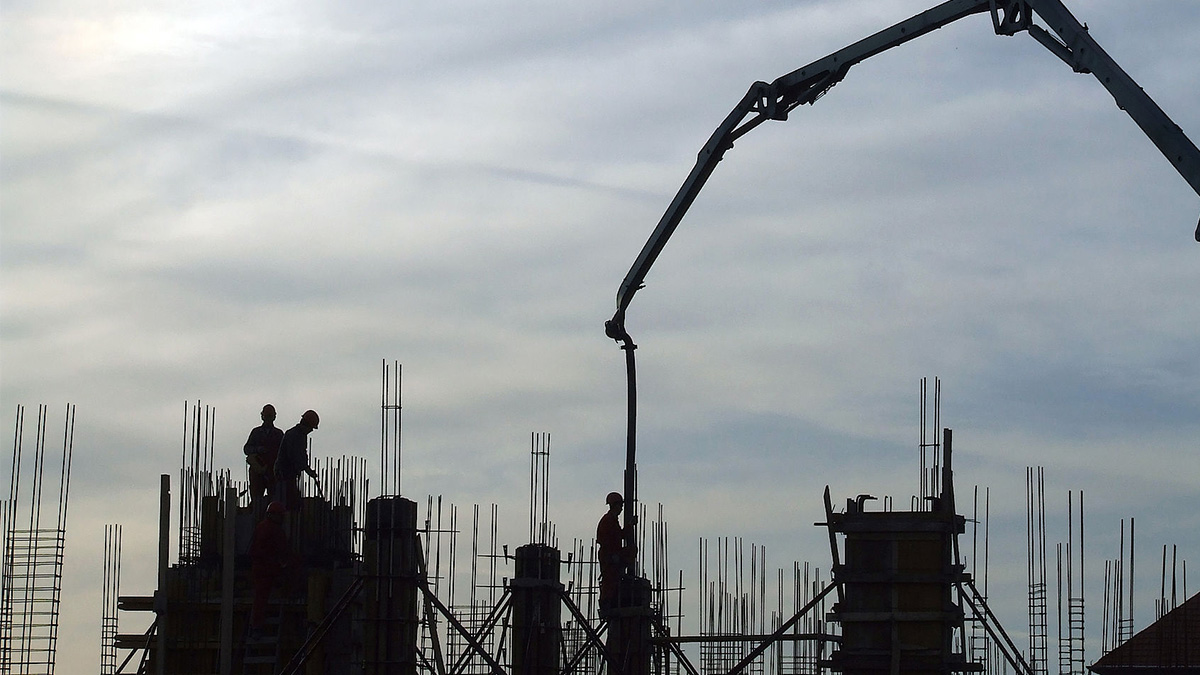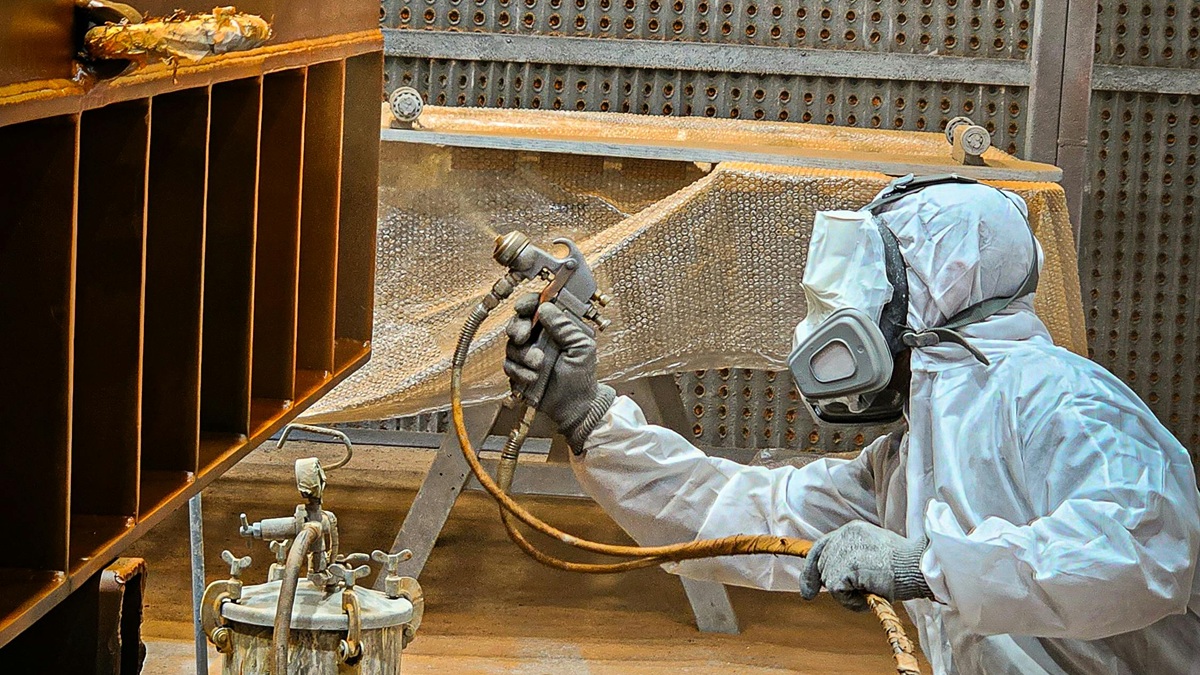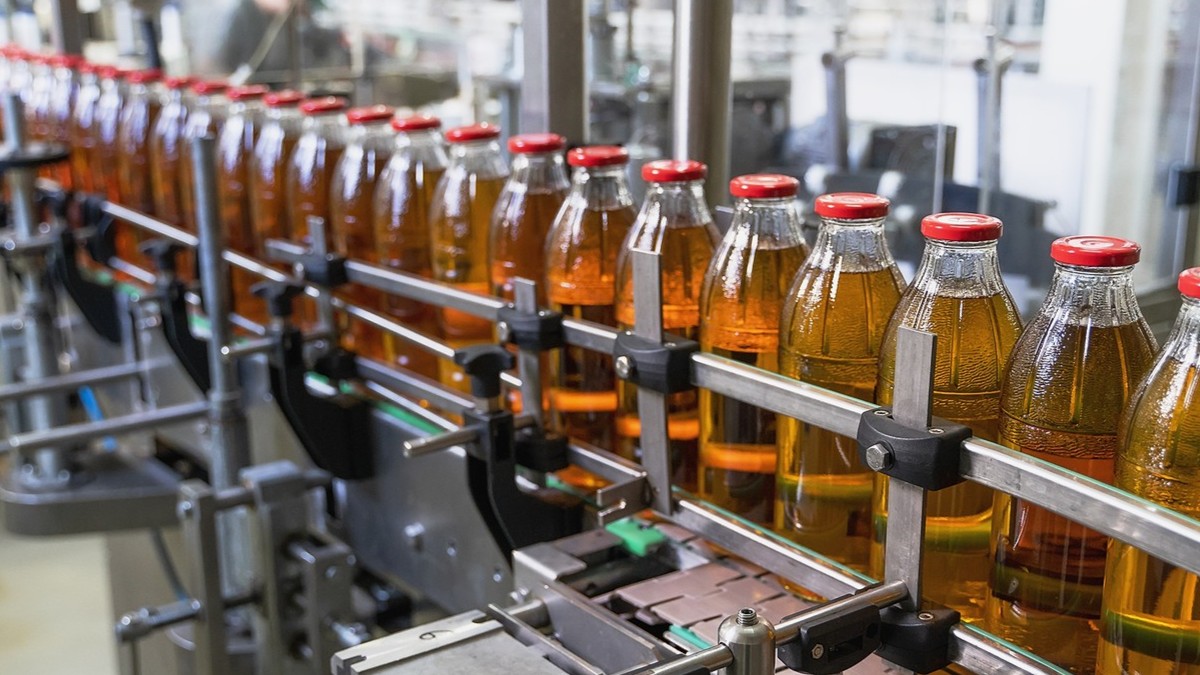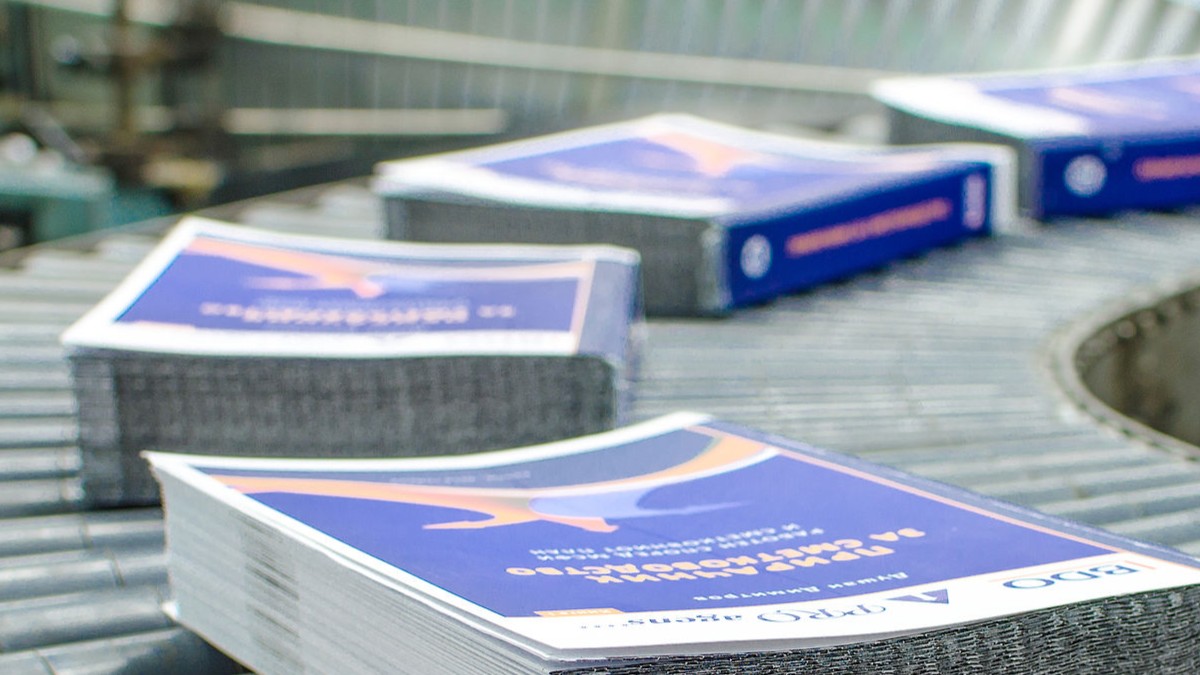Smart manufacturing utilizes advanced manufacturing technology and provides solutions through AI, the Internet of Things, big data, cloud, edge computing, and other technologies to substitute the production process with an intelligent manufacturing model and customize products according to customer needs.
The Industrial Model of Industry 4.0:
Smart factories can quickly switch processes and mass-produce customized or even unique products at the same cost. Corporate branding or manufacturing scale is no longer a key advantage. When traditional supply chains break down, innovative enterprises rapidity grab the market with competitive and revolutionary business models that produce smart products.
The Development Background of Industry 4.0:
The rise and popularization of mechanization, electric power, and information technology (IT) have triggered three industrial revolutions successively, and have promoted major progress in the development of human civilization. The development of data communication technology and the breakthrough of computer computing power have driven the trend of digitalization. This has laid the foundation for, and triggered the fourth industrial revolution, also known as Industry 4.0. Industry 4.0 not only changes the methods of production and provision of services through smart factories and smart production, but transforms individual industries, according to their unique characteristics and needs, to each having their own unique Industry 4.0.
Key Applications for Industry 4.0
-
Cyber-Physical System (CPS):
Cyber-Physical System (CPS) is the key technology of Industry 4.0. Through computers, sensors, and the use of network technology, various devices, machines, and digital systems are interconnected. Through the communication and interaction between them, the virtual and physical worlds are seamlessly integrated. CPS also embeds computing and communication into physical operation programs, adding new intelligence and capabilities to physical systems. Real-time perception, dynamic control, and intelligent instant messaging services are provided. CPS has been implemented in many industrial fields, such as online and offline systems (O2O), the retail industry, omnichannel marketing, smart homes, transportation, security, environmental control, process control, and other fields, bringing economic, political and social benefits.
-
Intelligent robots and machines:
Robots have gradually replaced human labor. Industrial robots of various types and different purposes have not only grown rapidly in number but have also gradually become more intelligent, able to adapt, communicate and interact, and are gradually replacing human workflows in certain fields. With human-machine interfaces equipped with smart sensor capabilities, and humans working together to perform tasks, there will still be a significant increase in production capacity. This will have a huge impact on the kind of skills required and cost structure of factories.
-
Industrial virtualization/automation:
When building a new factory or producing new products in an existing factory area, Industry 4.0 will use virtual factories or products to prepare for physical mass production. If any process can be simulated and confirmed in the virtual environment first, it represents that the final solution is ready. Software parameters and numerical matrices can then be uploaded to the physical machine that controls mass production, and the physical operations can proceed. The virtual factory can use 3D technology to design production process and visualize the interaction of worker and machine.
-
Big data:
The factory of the future will generate vast amounts of data which will need to be stored, processed, and analyzed. In the Industry 4.0 environment, CPS can develop, manage, and make good use of massive data. Interconnectivity of machines will aid machine intelligence, flexibility, and adjustment capabilities, allowing CPS to integrate industrial mass production, logistics and services. This will transform today's factories into highly competitive and economically promising Industry 4.0 factories. The integration of massive data and cloud computing is bound to lead to new types of information application models, thereby bringing about intelligent innovation.
-
IT system:
Today's IT systems have become the core of production systems. Industry 4.0 IT systems use the cloud, mobile devices, and big data to more closely link sub-systems, processing flows, interfacing internal and external modules, and network connections between suppliers and customers. Its complexity has also increased, forming intelligent supply chains which have been transformed into a super-large information systems that connect enterprises across regions. In the factory, the IT system will follow clear standard specifications to integrate software, hardware, storage equipment, and peripheral systems. These all connect to form a Cyber-Physical Production System (CPPS), which has the ability to control product characteristics and processing. Sensors interact with each other, and flexible machine operation programs can be changed in a short time to adjust production process, avoiding downtime and thereby greatly improving production efficiency.
-
Artificial Intelligence:
Artificial intelligence technology has become the core technology of smart manufacturing as it can automatically extract key features and regular patterns in manufacturing from a large amount of raw data. They can learn from mistakes that have occurred in the past, make predictions and give advance warnings. This will reduce downtime and improve process efficiency by making prompt adjustments to the production line. Artificial intelligence refers to the intelligence displayed by human-made machines, including natural language processing, planning, and learning, and reasoning and problem-solving.
- Obtaining data: A large amount of required data is collected through cameras and sensors, such as for temperature and humidity.
- Data preprocessing: The quality of the data collected will affect the learning model. If the learning has noisy data, it will inevitably affect the prediction results. Therefore, it is necessary to first preprocess the data collected into clean data.
- Model establishment: The artificial intelligence model is composed of structures which imitate the structure and function of a biological neural network. These generate mathematical models which are used to evaluate operations. The model structures can be divided into the input, hidden, and output layers. Neurons between layers connect the layers. The neurons operate through an active, nonlinear function to avoid the linear relationship between the input and the output.
- Prediction: After a period of feature extraction, the model can eventually numerically predict or classify unseen data. Usually, the prediction stage is faster than the training stage.
Impact of Industry 4.0:
The scope of Industry 4.0 is quite broad, including, Machine-to-machine (M2M) interaction and the Internet of Things (IoT). The rapid development of digital and network technology has brought a huge impact on various industries, making corporate strategies and business models increasingly challenging. In manufacturing, whether it is mass production of a unique product, or small-volume production of a unique customized product, Industry 4.0 can achieve the same level of quality and overall production capacity and efficiency.
Although intelligent production is emphasized in the era of Industry 4.0, human beings are still of great importance. Human input will shift to designing and planning mass production systems that cannot be replaced by the CPS system.
In smart factories themselves, workers will transform from being traditional machine operators to those who control, adjust, and make decisions on production programs, to optimize the production process. With the increase in knowledge-intensive output, the professional degree of labor required by smart factories will increase, and their cross-industry and cross-field capabilities will also need to be improved. Therefore, for enterprises, the cultivation of human resources will be an important key to success.












.jpg)
.jpg)
.jpg)